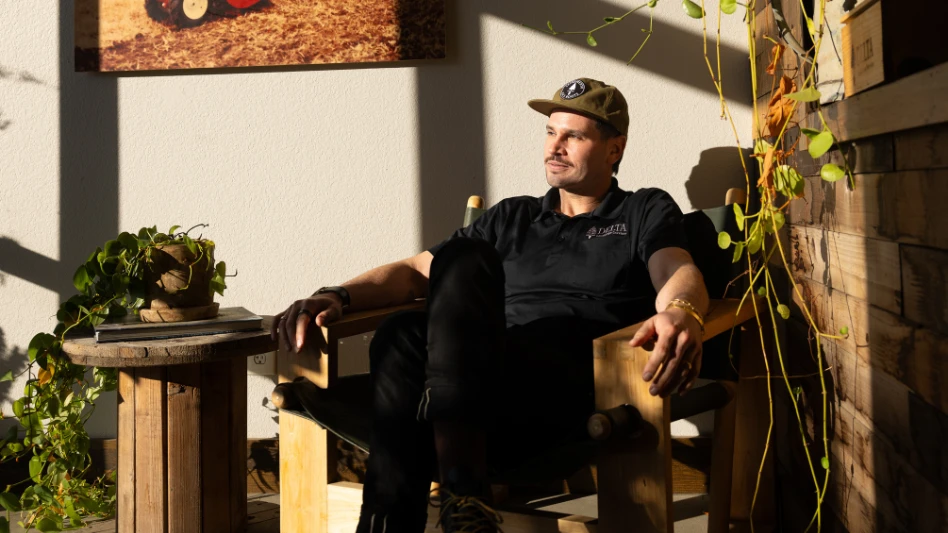When Carrie Woleben-Meade conceptualizes a landscape, she hits the books. Whether they’re garden books from the aisles of Borders or portfolios of past installations completed by Mariani Landscape, Woleben-Meade makes sure to use photographs for presentations.
“Clients might say they’d like a French garden, but do they know what they mean?” says the design manager for Lake Bluff, Ill.-based Mariani. “We find that clients throw out terms but have a different determination than we do of what they mean.” It’s the designer’s job not to leave room for confusion, Woleben-Meade says.
|
|
That’s just one trade secret she’s picked up in her 15-plus years at Mariani, where the Michigan State University graduate started working as a designer soon after she earned her bachelor’s degree in landscape architecture. Today she manages a design department of about 20 people and also is director of marketing.
One of Woleben-Meade’s favorite parts of her current job is serving as lead designer for Mariani Landscape’s home and garden show exhibits. “The shows encourage us to put ourselves out there and take risks – they keep everyone on their toes,” she says.
This year’s Garden in a City urban horticulture show in Chicago is a perfect example of her risk-taking and ability to merge the aesthetic with the practical. She designed a small backyard lot that incorporated unusually large plant material for a dramatic effect and included a conservation-conscious water feature that converted runoff water into a backyard rain garden. The exhibit’s outstanding use of the elements deemed important by judges – water, air, land, energy and recycling – won Mariani Landscape one of three awards given at the event.
Awards are a nice perk, but Woleben-Meade says one of the best things about working for a design/build firm is taking a project from A to Z. “I get to come up with ideas and see how they’re executed,” she says. In particular, she enjoys the detail-oriented nature of residential projects. “I like working one-on-one with a client vs. dealing with a board in a commercial project,” she says. “In residential, we’re not just looking at plant selection, but other things like the hardscape elements that lead people from inside their homes to the outdoors.”
During the design process, Woleben-Meade analyzes a new client’s home. “I look at how they decorate their house, how they keep their home and if they have children.” Being perceptive of these elements allows her to discern a client’s taste and the level of maintenance they’ll tolerate. “I also look at the type of house they bought. Is it modern or Victorian or another style? I use that to design their landscape because obviously it’s a style they like since they purchased the home.
“I try to bring something new to every project,” Woleben-Meade adds. “I try to make it unique, like a piece of art vs. thinking, ‘Oh they just need a new front walk.’”
And what do her residential clients want now? “Designs are clean and modern right now,” Woleben-Meade says. “The big rush of English gardens and lots of color and perennials is over – I think people realized they were high maintenance. We’re using a lot of larger quantities of the same variety. People want much more peaceful and relaxing looks.”

Explore the January 2007 Issue
Check out more from this issue and find your next story to read.
Latest from Lawn & Landscape
- North by Northwest's charitable act for the Ronald McDonald House Charities
- Coxreels expands V-100 Series product line
- Landscape Workshop expands with 2 acquisitions
- Wilson360 adds Daniel Grange as new consultant
- Batman and business
- CH Products releases new tree stabilizer
- Savannah Bananas founder Jesse Cole to speak at Equip Exposition
- Catch up on last year's Benchmarking report






